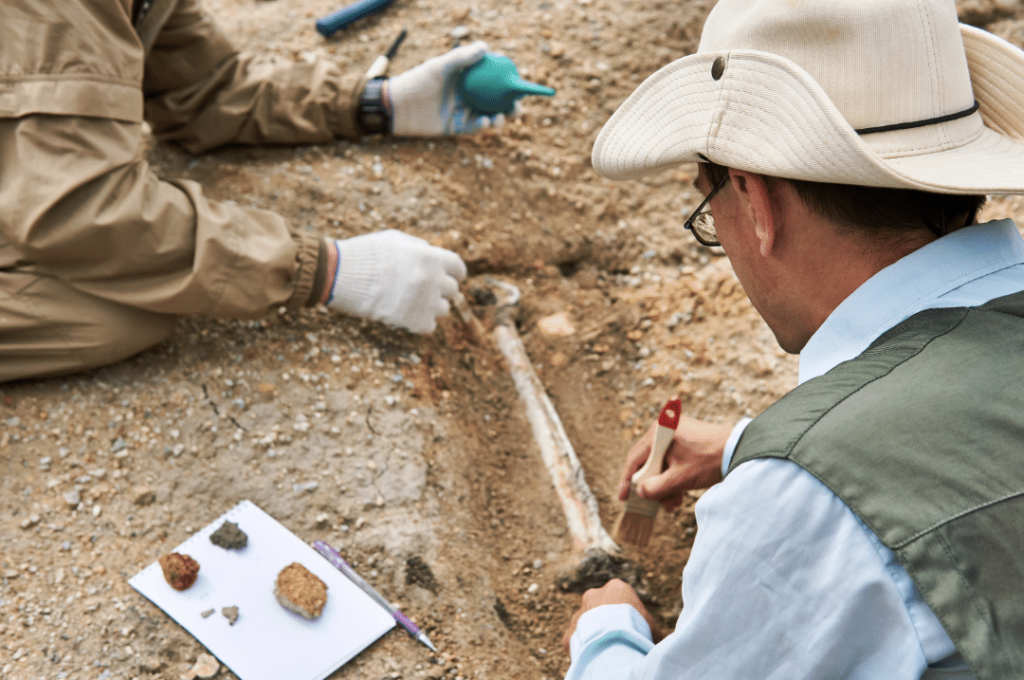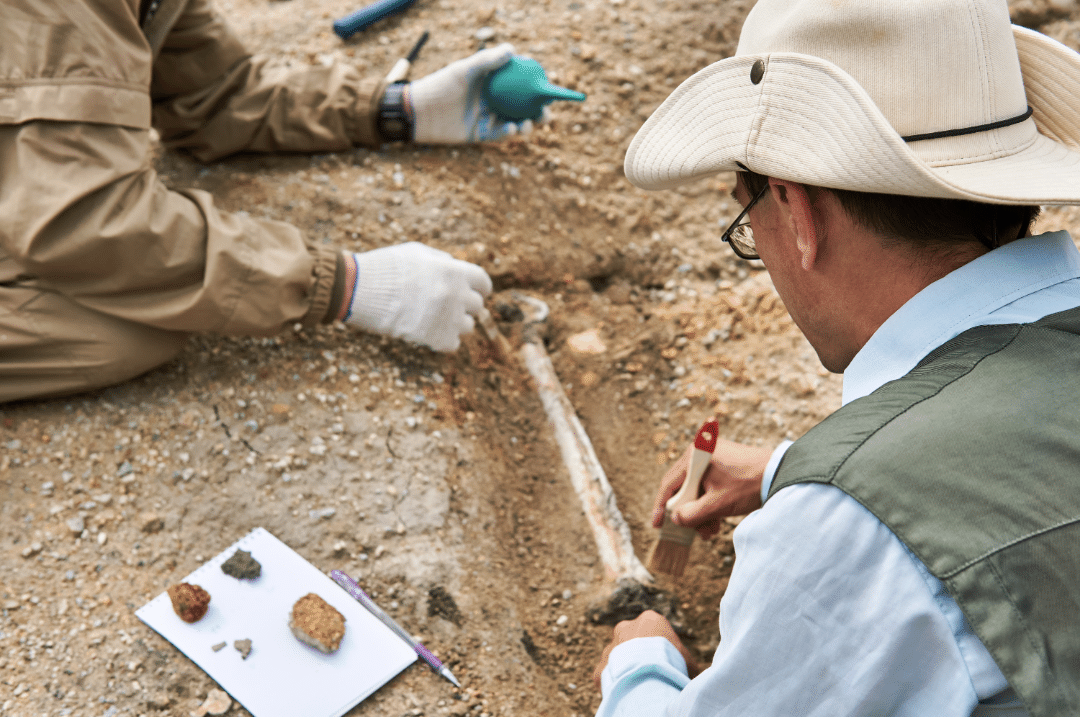Education & Career Trends: January 15, 2023
Curated by the Knowledge Team of ICS Career GPS

Content Credit:
- Article by Carol Wiley, published on careertrends.com. Original article link.
The University of California’s Museum of Paleontology defines palaeontology as the study of what fossils reveal about the ecologies of the past, evolution and the place of humans in the world. The various types of palaeontologists use knowledge from anthropology, archaeology, biology, geology, ecology and computer science to determine the origin and destruction of the different types of organisms that have existed on Earth.
Micropaleontologist
- Micropaleontology is the study of mostly microscopic fossils, which includes fossils of tiny invertebrate shells or skeletons, bacteria, spores, pollen and the small bones and teeth of large vertebrates.
- According to University College London, micropalaeontology is probably the largest branch of palaeontology, because so many fossils are of such a small size.
Paleoanthropologist
- Paleoanthropology, also called human palaeontology, is the study of the prehistoric human past based on artefacts and fossilised human bones, and the context in which these specimens are found. This discipline is a combination of palaeontology and physical anthropology.
Taphonomist
- Taphonomy is the study of the processes of decay, preservation and how fossils are formed.
- According to the University of Arizona Geosciences, taphonomists ask specific questions: Does the assembly of the fossil accurately represent the original organism? Was any material lost or did the material condense during the fossilisation process? How long was the fossil in the rocks?
Vertebrate and Invertebrate Paleontologists
- Vertebrate palaeontologists study vertebrate fossils from animals with spines, ranging from primitive fishes to mammals.
- Invertebrate palaeontologists study invertebrate animal fossils, such as molluscs and echinoderms.
Palynologist
- Palynology is the study of living and fossilised pollen and spores.
- The hard, outer shells of pollen grains from different species are unique and can survive in favourable conditions for thousands of years.
- Palynologists can identify plants that lived in the past and identify broad environmental trends based on plant life.
Other Types of Paleontologists
A paleobotanist studies fossil plants, including fossil algae, fungi and land plants. An ichnologist studies fossil tracks, trails and footprints. A paleoecologist studies ecology and climate of the past and the interactions and responses of ancient organisms with changing environments.
…
Have you checked out yesterday’s blog yet?
Why are students opting for offbeat courses like Design Technology?
(Disclaimer: The opinions expressed in the article mentioned above are those of the author(s). They do not purport to reflect the opinions or views of ICS Career GPS or its staff.)
Like this post? For more such helpful articles, click on the button below and subscribe FREE to our blog.





2 Replies to “What Types of Paleontologists Are There?”